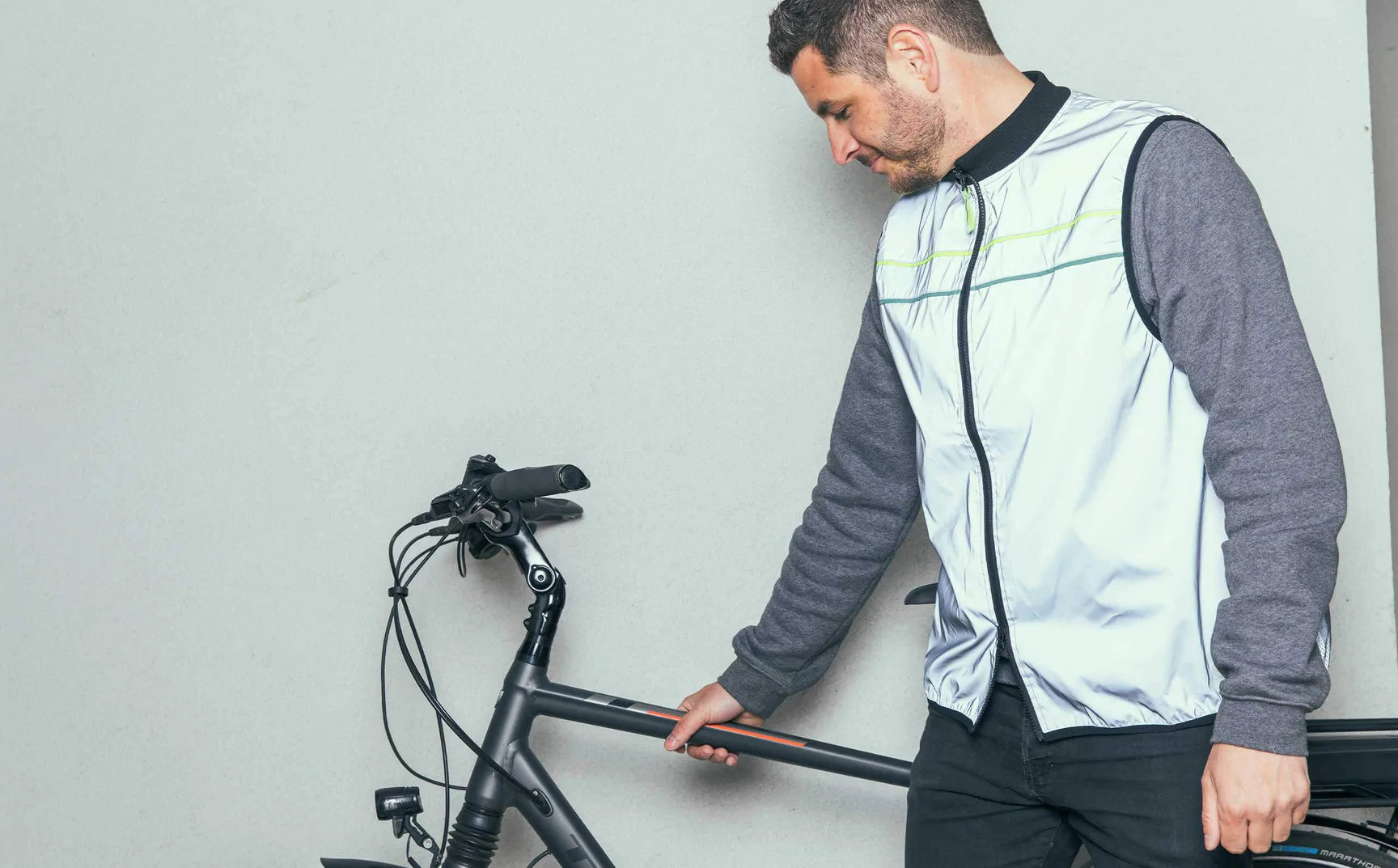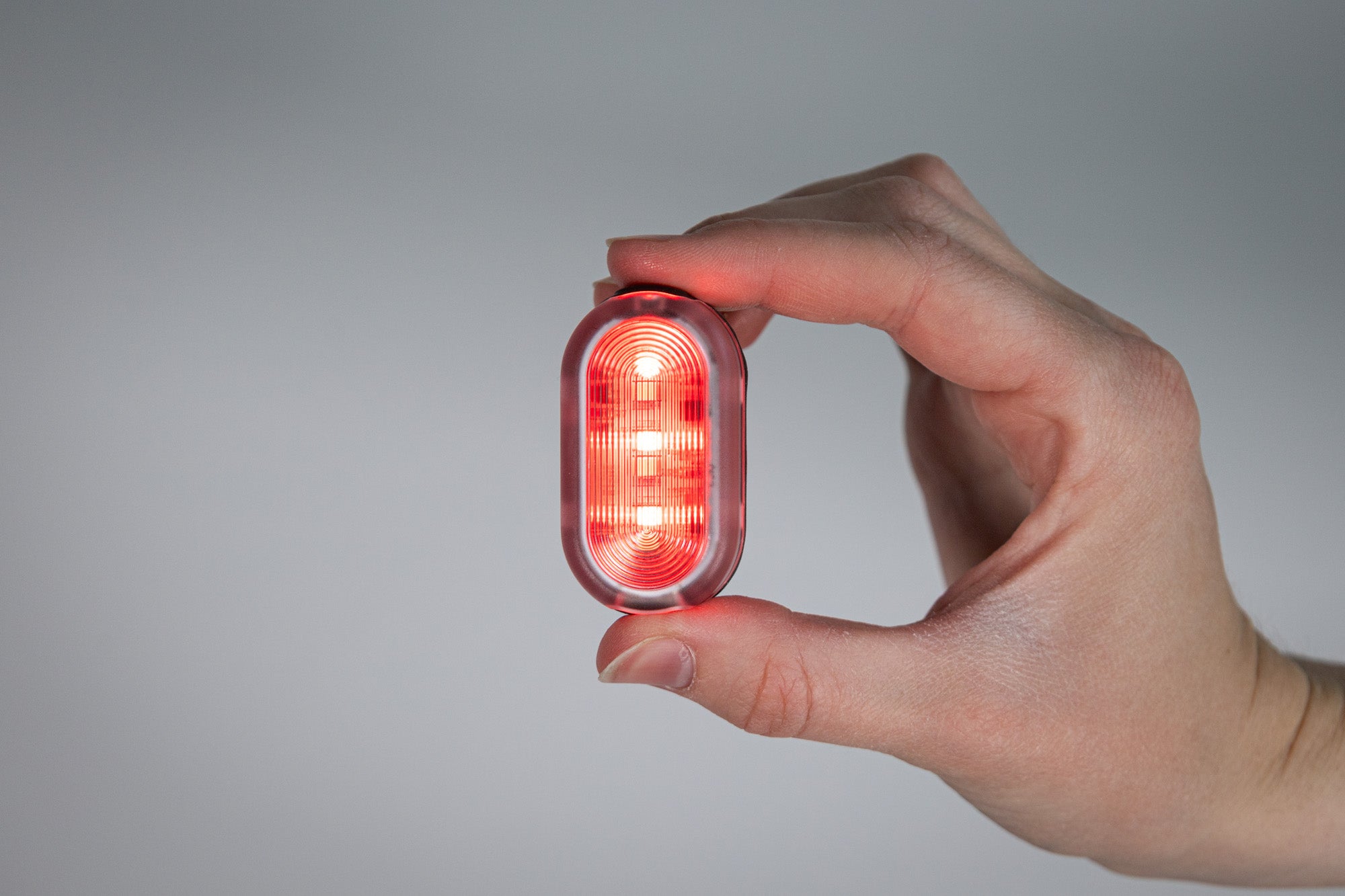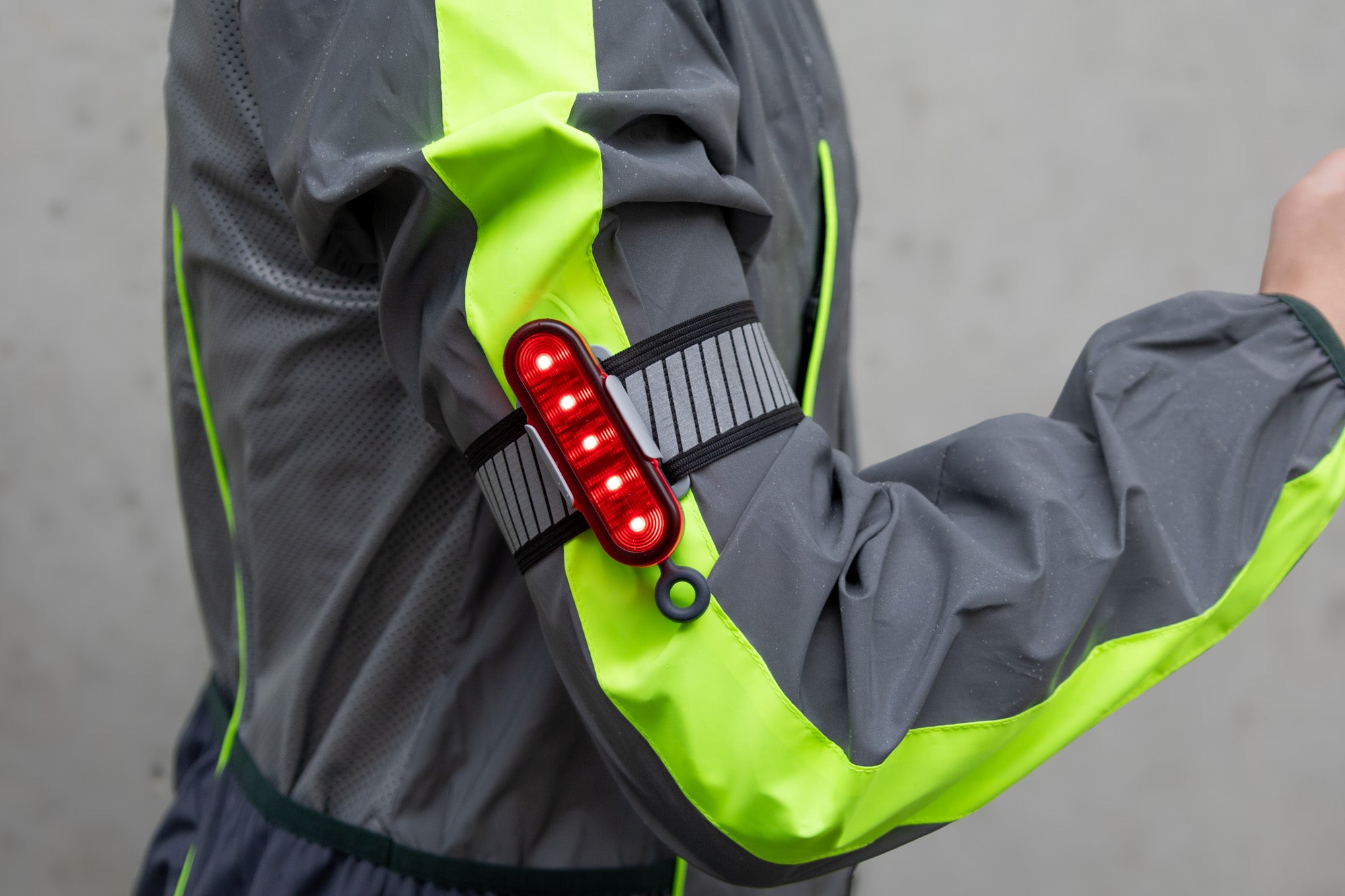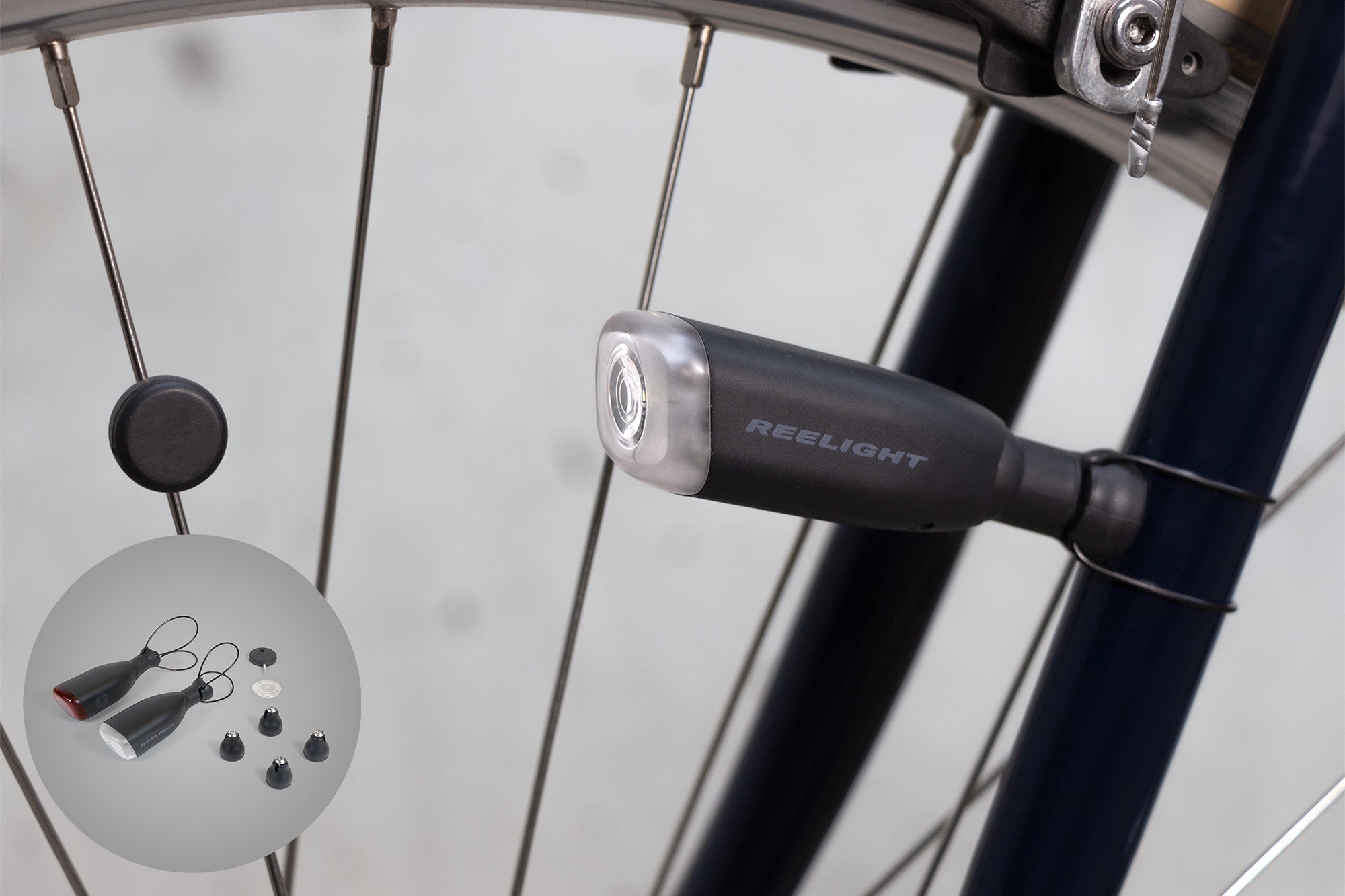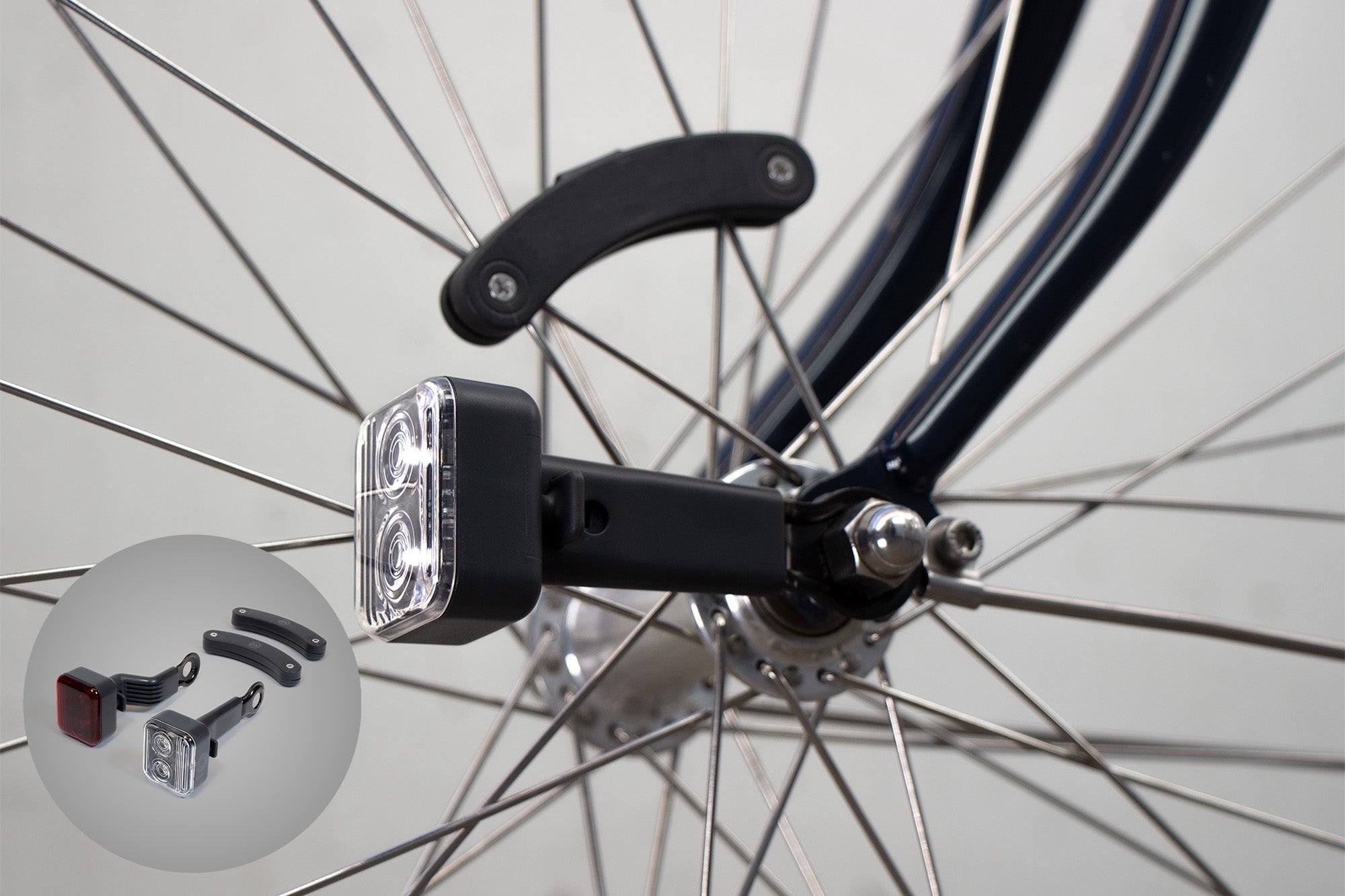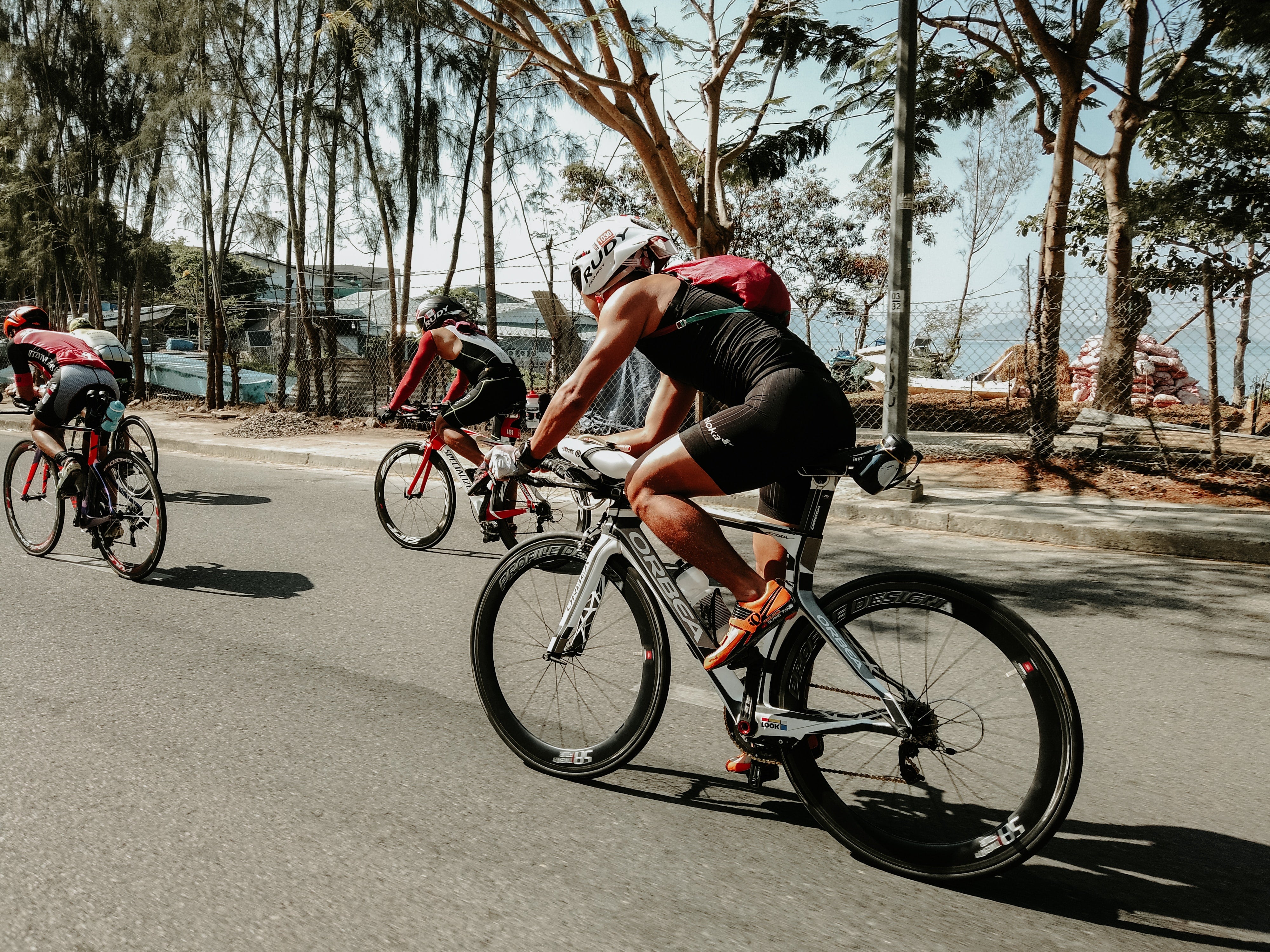
Triathlon Training Tips
Triathlons are a true test of endurance, combining swimming, cycling, and running into one challenging event. Whether you're a seasoned triathlete or a beginner looking to take on this exciting challenge, proper training is key to success. Adding swimming, running and cycling into one competition might seem thrilling and overwhelming all at once because you have to focus on so many skills at once.
What should you consider and keep in mind when training for a triathlon? How do you complete all 3 parts without being completely exhausted from the previous part? In this blog post, we'll share some valuable triathlon training tips to help you prepare and perform your best on race day.

Start with a Plan
Before you start training, create a training plan that fits your schedule and goals. Each discipline is not the same as a race in its thing on its own: not only does a triathlon contain completely different rules, the transitioning itself is often referred to as a whole discipline on its own. To help yourself shorten the learning curve, build a training program that fits around your schedule. Be realistic with your time management to make sure you won't set yourself up for failure from the get-go.
It's important to gradually increase your training volume and intensity to avoid injury and burnout. A well-designed plan will also ensure that you're targeting the right muscle groups and improving your fitness level for each discipline.
Focus on Technique
Proper technique is essential to improve your performance and reduce the risk of injury. Take time to work on your swim stroke, cycling position, and running form. Even if you are an experienced athlete in one of these sports, do not assume you can just apply the same training regimes to the other disciplines - unfortunately, that is not how it works. However, if your start by just understanding the fundamental differences between each part and start implementing time to properly practice the technique from the beginning, you will quickly be ready for the transitioning between each discipline. Consider working with a coach or taking lessons to improve your technique and get personalized feedback. Warm up thoroughly before you train and cool down when you finish.
Cross-Training
Cross-training is a great way to improve your overall fitness and reduce the risk of injury. In fact, research shows that supplementing your triathlon training with other forms of exercise helps to minimize injuries and improve your endurance level. By incorporating activities like strength training, yoga, or Pilates you improve your core stability, balance, and flexibility. This will improve your performance in each discipline. Although it might seem counterintuitive to escape from the 'normal' training, exploring other workouts can both add some excitement to your workout routine while also building strength and endurance that will help you in both the swim, cycle and running disciplines - and the transitioning between each one.
Practice Transitions
Speaking of transition - this is a crucial aspect of triathlon performance! The in-between moments when you are shifting from one discipline to the next are often overlooked by athletes, but being prepared for these transitions could be key in ensuring your success in the competition. Make sure you are well-organized and quick and it will give you a well-needed confidence boost during the trial.
Set up a mock transition area and practice switching quickly between disciplines. This will help you get familiar with the process and minimize time wasted during the race. It could also be a good idea to train in brick sessions where you combine two of the three disciplines into one workout to help with heavy fatigue and help your body get used to the transitions.

Swim technique
Many triathletes struggle with the swim portion of the race. Take the time to work on your swimming technique to become more efficient in the water. Consider taking swimming lessons or hiring a coach to help refine your stroke, breathing, and overall swimming form.
If the race involves an open-water swim, it's crucial to get some practice in similar conditions. Find a local lake or ocean where you can train in open water. Practice sighting techniques to swim in a straight line and get comfortable with different water conditions.
Track Your Progress
Tracking your progress is important to stay motivated and monitor your improvement. Use a training log or app to track your workouts, and record metrics like distance, pace, heart rate, and perceived exertion. This will help you identify areas where you need to improve and adjust your training plan accordingly. When you log in your process allows you to chart a path toward success as it can help you review your training patterns and trends, which will help you figure out which things work for you or don't.

Fuel Your Body
Nutrition is key to fueling your body and supporting your training. Focus on eating a balanced diet that includes plenty of lean protein, complex carbohydrates, and healthy fats. Stay hydrated by drinking plenty of water and electrolyte-rich fluids. During longer workouts, consider fueling with energy gels, sports drinks, and snacks. When you prioritise the right kinds of foods during your training, you will help your body promote recovery, and daily energy levels while also optimising training adaptations.
Rest and Recovery
Rest and recovery are just as important as training. Give your body time to recover between workouts, and prioritize sleep to support your training and overall health. As a beginner, it is a good idea to have at least 1 rest day per week. When resting, you allow your body to recover from the intense training and avoid injuries. Usually, you should plan your rest day after an intense, long training block to set yourself up for success. Consider incorporating activities like foam rolling, stretching, and massage to help with muscle soreness and improve your flexibility.
Some of the signs you can look out for to see if it's time for a rest day include things such as irritability, low energy levels, increased hunger, and trouble sleeping. If you experience symptoms like these, consider taking a rest day.
Mental preparation
When it comes to race day itself, it is the competitor with the strongest mental focus who reaches their goals. Triathlons can be mentally challenging, especially during longer distances, and by setting weekly or monthly goals for your training, you can begin the visualization process. Remind yourself how much you want to achieve your goals, and tell yourself exactly how hard you are willing to fight to reach them. Prepare yourself mentally by visualizing the race, setting achievable goals, and practising positive self-talk. Develop strategies to stay focused, and motivated, and push through moments of fatigue or doubt. You can train your brain just as you train your muscles. Be courageous and remember you can control your own preparation. Make sure this gets your full attention!

In conclusion, triathlon training requires a combination of many things. By incorporating these tips into your training plan, you'll be well on your way to achieving your goals on race day. Remember to listen to your body and adjust your training plan as needed to avoid injury and achieve optimal performance.
And of course: believe in yourself and have fun!



